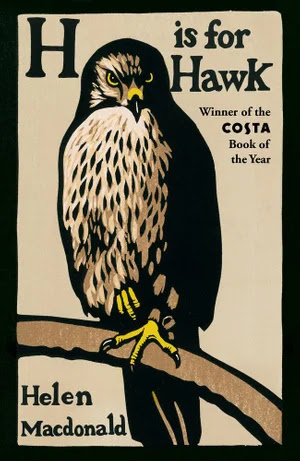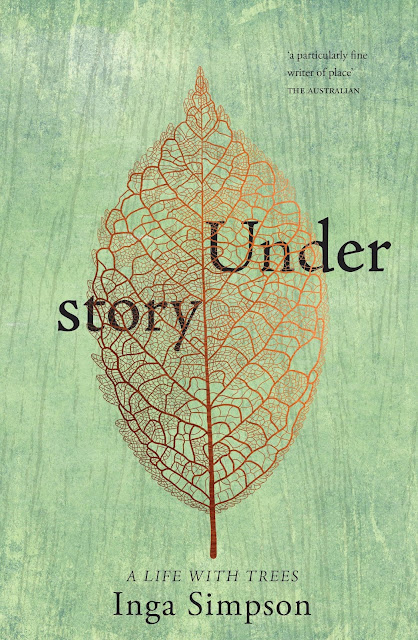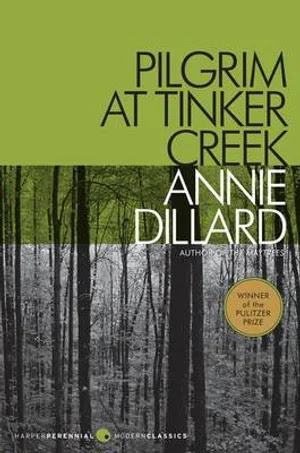 Award-winning writer Inga Simpson, is the author of four novels and her memoir, Understory. Her latest piece of work, The Last Woman in the World is due for release later this year.
Award-winning writer Inga Simpson, is the author of four novels and her memoir, Understory. Her latest piece of work, The Last Woman in the World is due for release later this year. Her first book for children, The Book of Australian Trees, is now available.Inga gives us a fascinating insight into her relationship with trees and nature, her favourite tree being the Ironbark.
Q. The Book of Australian Trees is the first book for children on this subject. How did the book come about?My eco-memoir, Understory, is structured like a forest, with each chapter based around an individual tree species. A few people suggested a version for children, including my publisher, and when I found that there were no children’s books on the shelves looking exclusively at Australian trees, I felt obliged to remedy that!
Q. You are a Nature Writer. Can you define that phrase for us?
The traditional definition of nature writing is narrative nonfiction focusing on the natural world. It includes elements of natural history, but is more imaginative writing than say a field guide or scientific account. The narrative is based in the author’s relationship with the natural world and, more broadly, the human relationship with nature.
Nature writing is inherently environmental – eco-centric rather than anthropocentric – in that it shows the natural world as central, rather than just a resource, and humans very much a part of nature, in a connected set of ecosystems. Thoreau’s Walden, Annie Dillard’s Pilgrim at Tinker Creek, Helen MacDonald’s H is for Hawk and Mark Tredinnick’s, The Blue Plateau are just some examples.
But I was labelled a nature writer before I published any nonfiction, because my novels focus so much on trees and birds, and characters living closely with Australian landscapes. Tim Winton’s fiction could be argued to be nature writing, too, I think. And landscape poetry, and particularly our First Nations poetry and stories. It is only really in western cultures that we see humans and nature as separate entities.
Q. When did your love for nature begin and from what did it stem?
I grew up on a farm, so the impacts of nature were central to all aspects of our existence. I helped my father with chores on the property and he taught me a lot about birds and trees and animals. He also taught me photography, which helped me focus on the details from a young age. I’m particularly sensitive to noise and movement, which has equipped me well for observing the natural world.
Q. Your relationship with trees is strong and deep. This is obvious in every carefully selected word you use about them. What is it about trees that enrich your life?
I have always gravitated towards trees. It’s human instinct I think, a genetic memory, to return to the forest. As a child, there was a wilder, treed part of the property that I liked to walk and camp in, which very much shaped my view of the world. Trees live so much longer than us, and so much of their existence is underground and inside their trunks, out of sight. There’s a wisdom there, a slower pace and broader perspective. Being around trees, particularly immersed in a forest, has always calmed me.
Trees are also how I read a landscape. They tell me what sort of country I’m in – the character of the soil, climate, geology.
As a child my imagination was fired up by Tolkien’s ents in The Lord of the Rings; I saw trees as sentient beings. And as an adult, this has been backed up by science. We now know that trees communicate with each other and perhaps even recognise individual humans. Maybe one day, we’ll be able to hear their stories.
Q. How much research was needed for your book, as there is a great amount of information included: history, height and width, their spread, roots, type of bark, flowers?
I was able to use a lot of the research I had done for Understory, and I chose trees that I know well, which helps me describe them. But I also have a considerable reference library at my fingertips, for some of the more technical information.
Q. Do you spend a lot of time in natural surroundings? If so, how does this solitude contribute to your work?
I lived inside a forest for ten years, in the Sunshine Coast hinterland. And I still live very much surrounded by trees, and right by the sea. I also walk alone a lot, and camp a little. I need the solitude, and immersion in the natural world to nurture myself and my creativity. All of my inspiration comes from the natural world – or the space between the landscapes around me and my imagination.
Q. The superb illustrations by Alicia Rogerson complement your prose perfectly. Did you have an input in who the illustrator would be for your book?
My publisher suggested Alicia. I wanted someone who could capture the botanical detail as well as the more imaginative concepts, and I think Alicia is a perfect match. I love her responses to my words.
Q. The Book of Australian Trees is an extraordinary and valuable resource for children. Have you considered exploring another side of nature as follow-up book for children?
Well, I’m a bird-lover, too. But at the moment I’m focused on trees. There are so many more interesting species that I would like to write about.
Thanks for the opportunity! 😊 https://www.ingasimpson.com.au/





